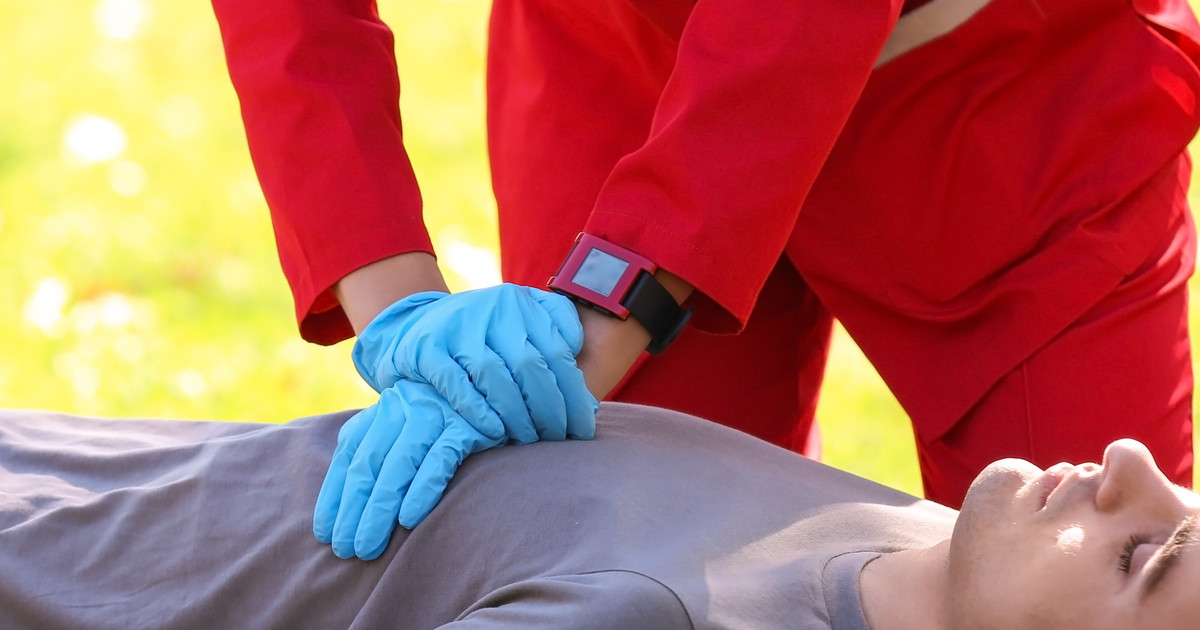A Step-By-Step Guide To Performing CPR
Don't Stop Until Paramedics Take Over

In most cases, healthcare experts recommend that individuals administering CPR don't stop until paramedics take over. Administering CPR is very tiring, and it is helpful if a second CPR provider is available to assist. It can sometimes take thirty to ninety minutes of continuous CPR for the patient to be successfully revived, and long resuscitation times are associated with improvements in brain function in cases where the victim survives. In urban areas, paramedics will generally arrive within five to ten minutes of receiving an emergency call. However, in rural areas, it could take thirty minutes or more for emergency personnel to arrive. Once paramedics arrive, CPR providers should continue giving compressions until the medical team asks them to stop. CPR should also be stopped if the patient begins exhibiting obvious signs of life. For example, CPR should be discontinued if the patient grimaces, lifts their head, or moves an arm or leg. If the patient blinks, looks around, and focuses their eyes on objects, it is safe to stop CPR as well.
